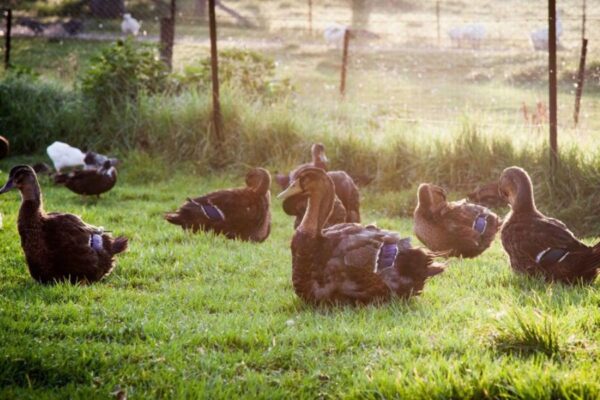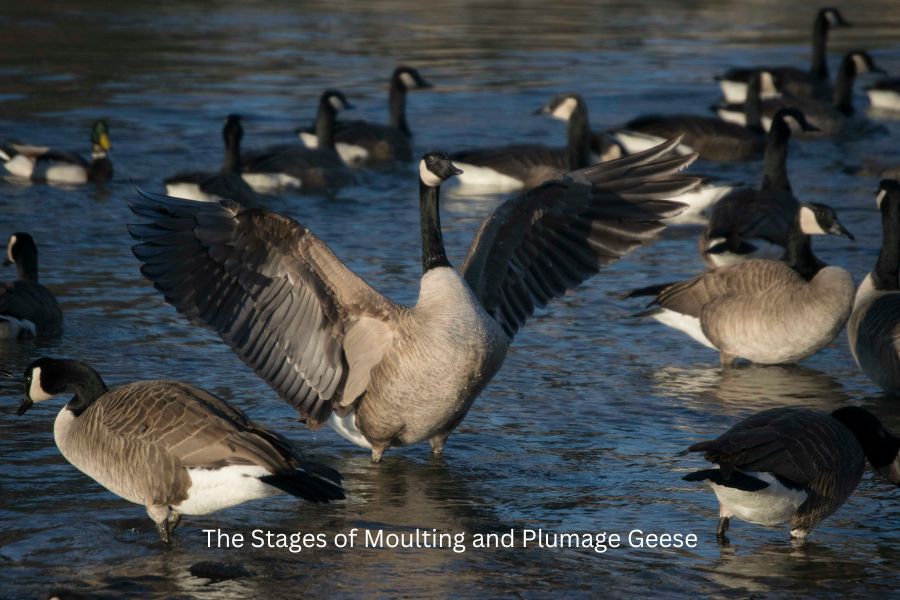Geese
The Stages of Moulting and Plumage Geese
When Do Ducks Shed Feathers?
Shedding feathers is a crucial process that your ducks experience. It’s the moment when old feathers are exchanged for new and improved ones. The significance of this process lies in the fact that by acquiring these enhanced feathers, ducks enhance their flying abilities and uphold their water-resistant covering. If you have ever pondered on the query “when do ducks shed feathers?”, continue reading as I guide you through all the phases of plumage, enabling you to understand the condition of your avian friends’ feathers at any given time of the year.

Youthful Plumage (6 weeks old)
As ducklings mature, they commence shedding their initial down and enter what is known as a youthful plumage shedding phase, during which they begin to grow their first set of feathers.
This transformation usually lasts for about 6 weeks and results in the development of dull-colored feathers on the bird until their subsequent molt at approximately 15 weeks.
Note: For those intending to process the bird, this should be carried out around the 7-8 week period; otherwise, the emergence of pin feathers occurs, rendering the bird unsuitable for processing. A waiting period until the 14-week mark is then necessary before reconsidering processing. apoteketgenerisk.com.
Mature Plumage (15 weeks old)
Subsequently, at roughly 15 weeks old, they undergo their mature plumage shedding process. This is where the transformation takes place. Over a period of about 6 weeks, the birds attain a mature size and begin to exhibit vibrant colors. This marks the point where you can identify the prospects of your new flock for the year, distinguishing the champions from those destined for festive menus.
Note: If you have plans to process your ducks during this period, it should be done by the 14-week mark. Failure to do so will necessitate waiting until the 21-week mark following their mature plumage molt.
Eclipse Plumage (annually every 12 months)
The Eclipse Plumage shedding is typically less vibrant than a standard molt. This is due to the fact that during this 6-8 week process, ducks temporarily lose their ability to fly after shedding their flight feathers. By dulling their plumage, they blend in with juvenile birds, making them less conspicuous to potential predators.
However, some male ducks occasionally manage to regain their colorful breeding plumage before their flight feathers are fully regrown, thereby possessing a colorful advantage when vying for the attention of female ducks. Surprisingly, standing out in the flock might take priority over protection from predators for certain drakes.

